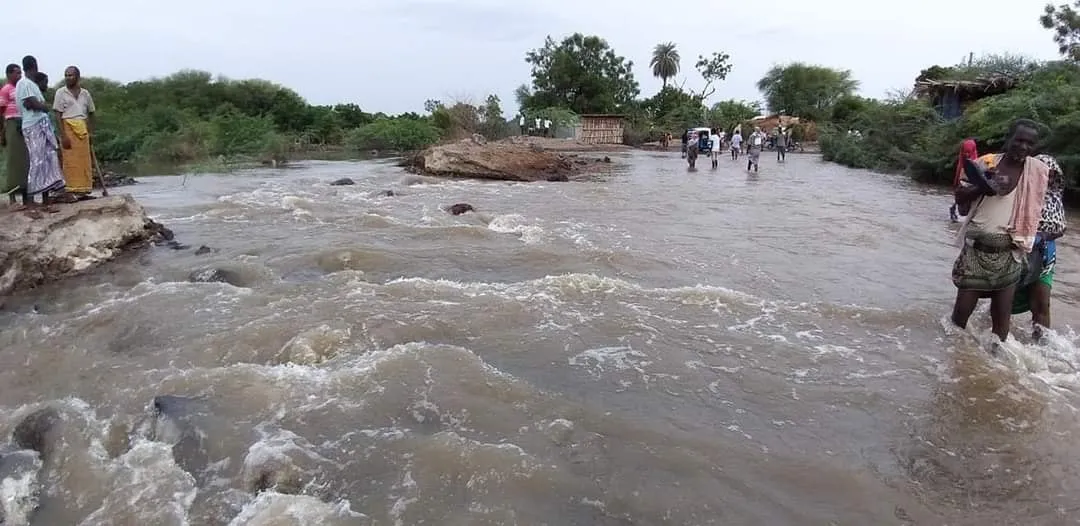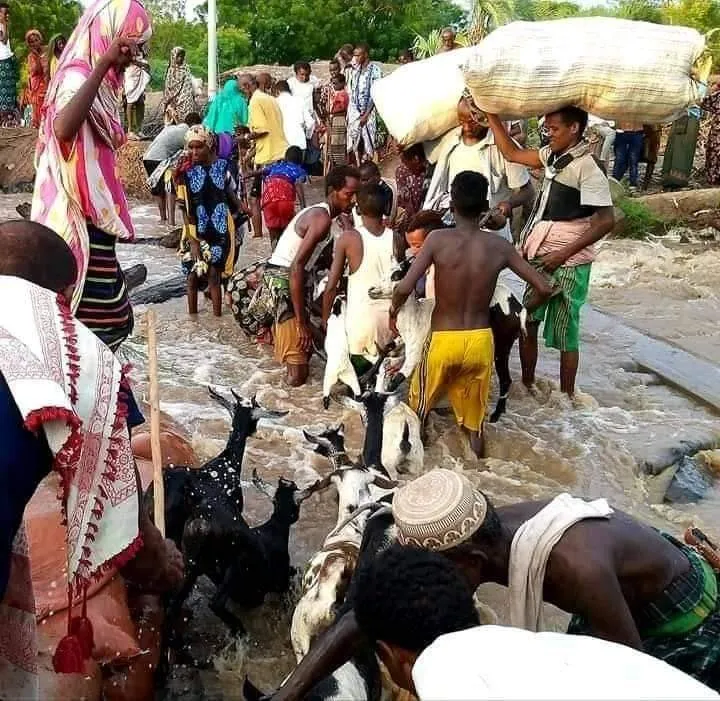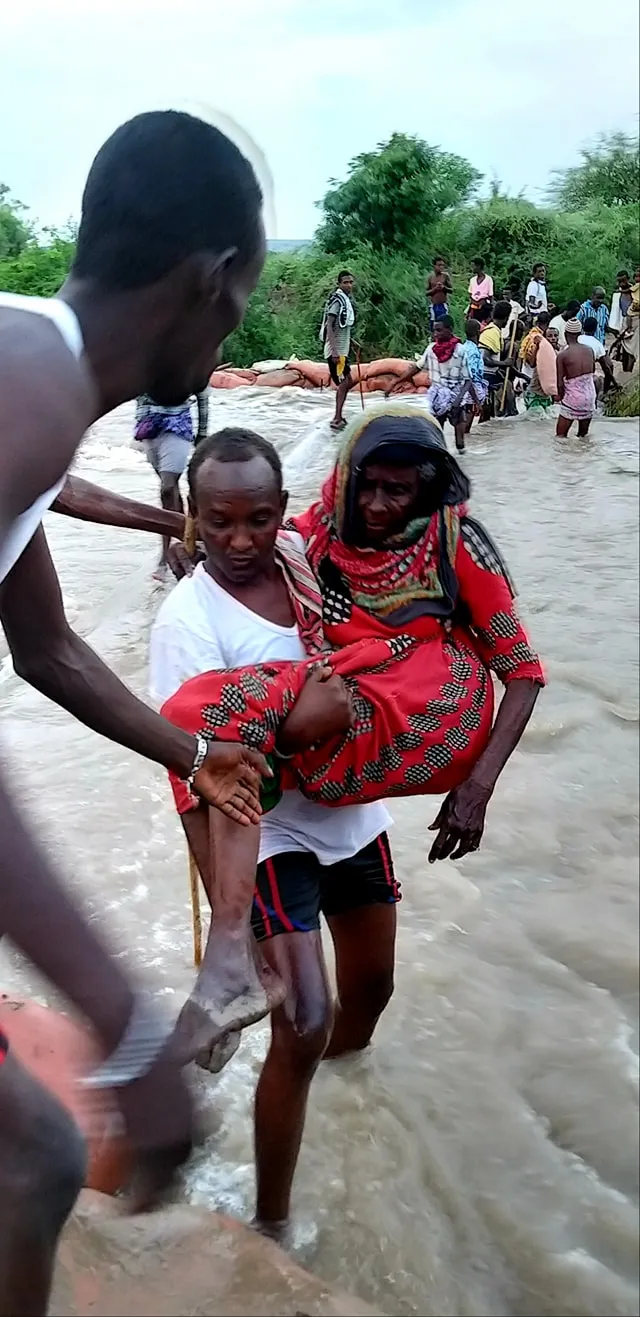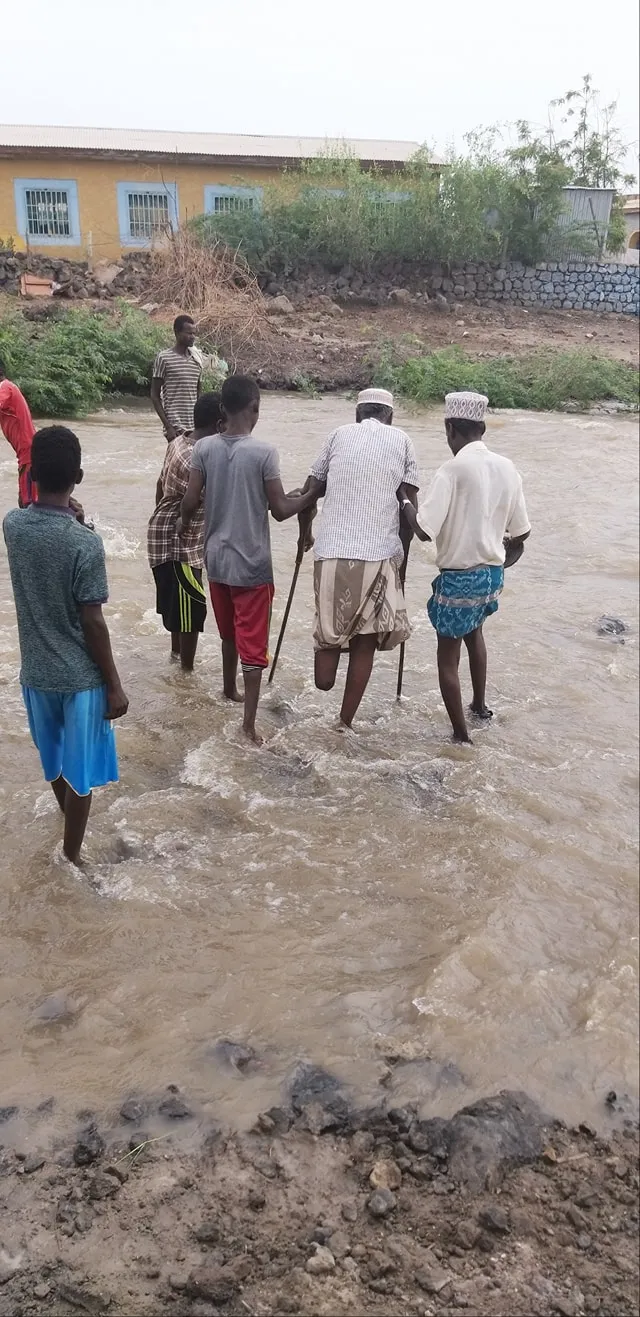Nearly six million people in East Africa have been impacted by seasonal floods this year, with 1.5 million people forced to leave their homes, according to UN figures. Parts of the region are recording the heaviest rains in a century, and the rains are expected to peak in November.
The floods combined with the coronavirus are exacerbating risks for vulnerable populations. “It cannot be overstated how urgent this is,” says Camille Davis, CARE’s Director of Humanitarian Planning and Resource Mobilization, pointing specifically to women and girls, refugees, and farming populations. “When people are displaced, education is disrupted, there are protection concerns, access to reproductive health is cut off. I can go on and on.”




